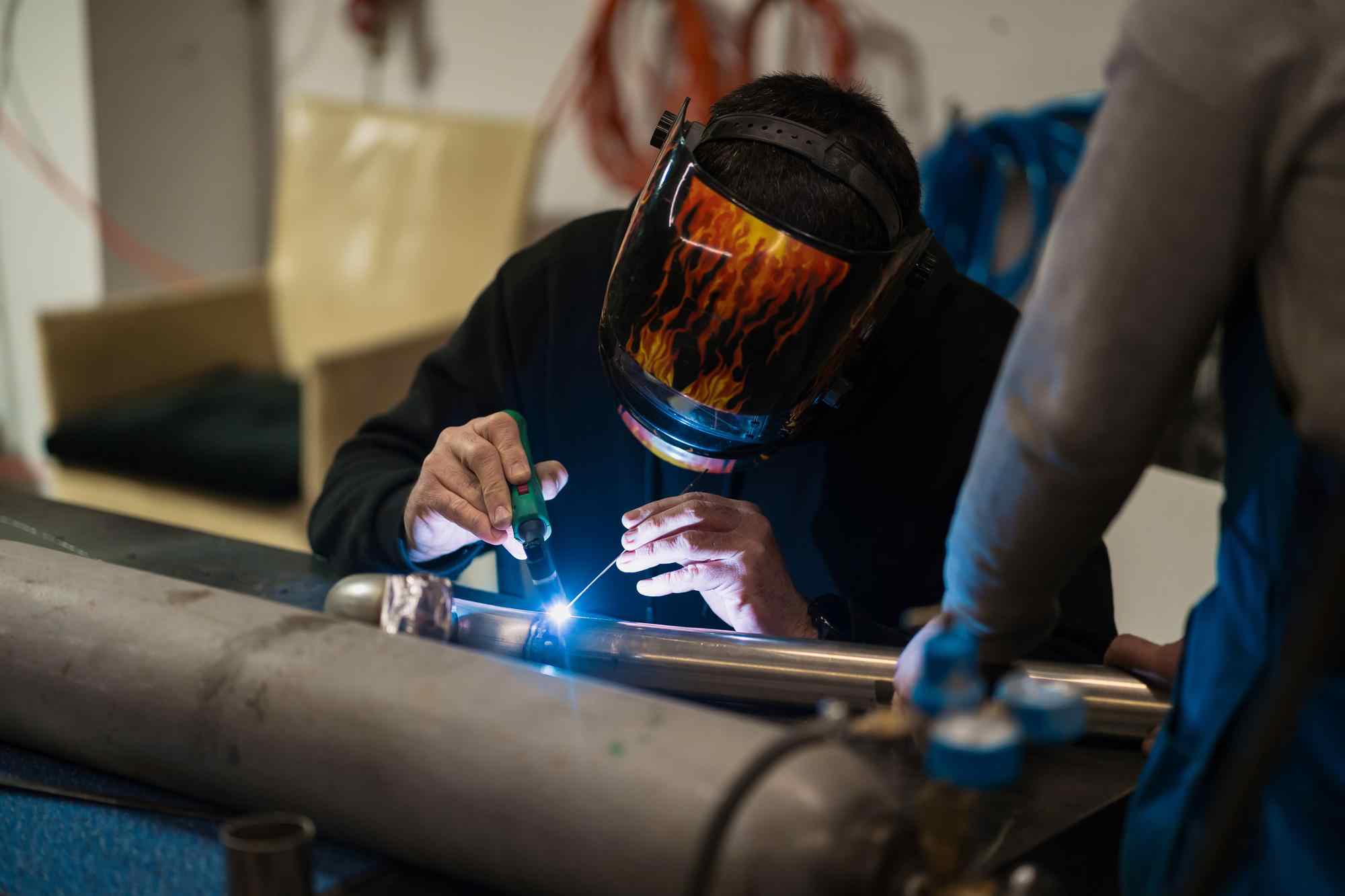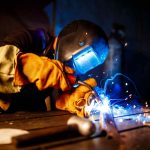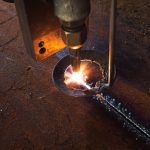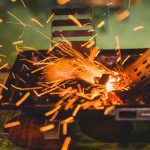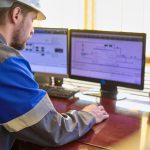Welding precision starts with a deep understanding of its basic techniques. Want to know more? At Wiinspect, we discuss the various types of welds and how to choose the most suitable one to ensure maximum effectiveness and safety in your welding tasks.
5 Types of Welds
1. Fillet Weld
The fillet weld is one of the most common in the welding industry. This type of weld is used to join two pieces of metal at an angle, typically perpendicular to each other. The cross-section of a fillet weld is triangular, and its quality and effectiveness depend on both the welder’s technique and the proper selection of welding parameters.
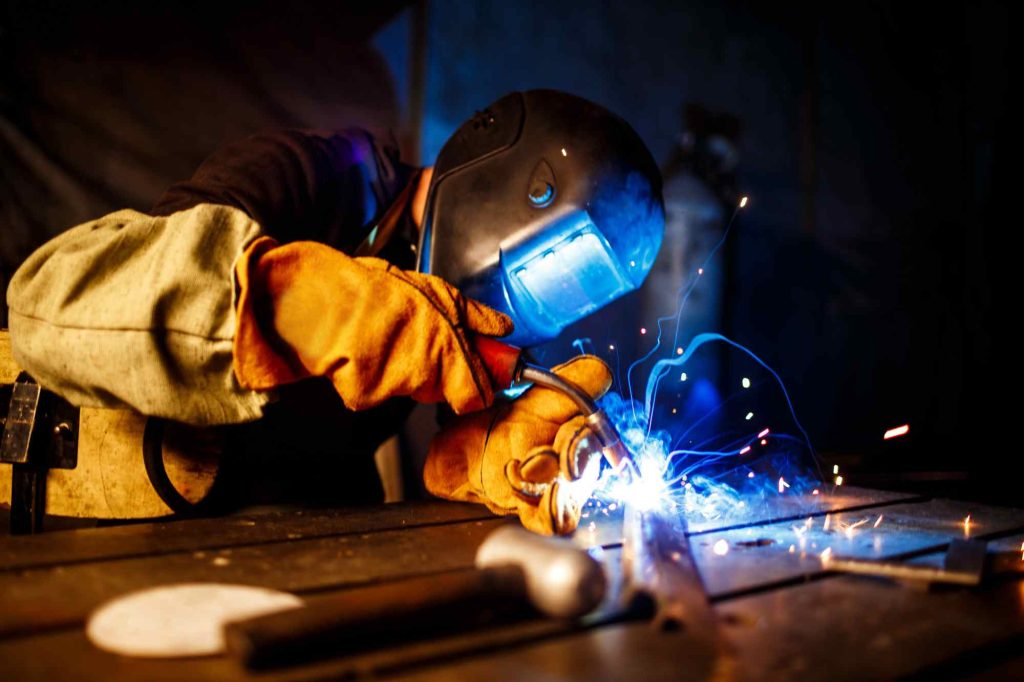
The ability to create a strong and clean fillet weld is crucial, as these are often found in structures that require high strength and durability.
2. Butt Weld
Butt welds are used to join two pieces of metal along the same plane, typically when the surfaces are flat or when a uniform finish is required.
This type of weld requires a meticulous preparation of the edges, as any imperfection can result in a weak or defective joint.
Butt welds can be either single or multi-pass, depending on the thickness of the materials involved and the load the joint needs to support.
3. Lap Weld
A lap weld is used when one piece of metal is placed over another, and the weld is applied at the edge where both meet. Although this type of weld may seem simpler compared to others, it requires special attention to avoid air inclusions and corrosion pockets between layers.
Lap welds are common in repair work and applications where aesthetics are not the main concern, but structural integrity is.
4. Plug Weld
This type of weld is used to join two pieces with aligned holes, where a rod or similar element is inserted and welded in place. Plug welds are crucial in metal constructions that require precise fitting and high shear strength.
Proper execution of these welds ensures that the joined pieces can withstand significant loads without separating.
5. Edge Weld
Edge welds are used to join the edges of two pieces of metal that are in the same plane. This type of welding is common in the fabrication of sheets and thin panels, where thermal input control is crucial to avoid distortions. Edge welds require a steady hand and a good technique to ensure the weld is uniform and aesthetically pleasing.
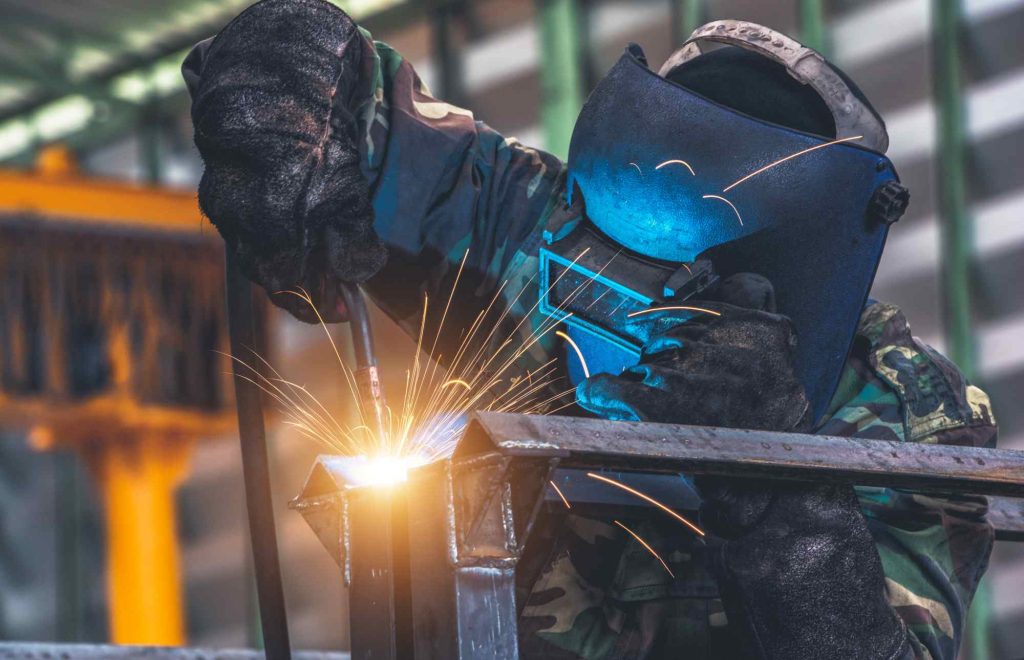
Understanding the types of welds and their correct application is fundamental for any professional welder. Each type of weld has its own challenges and technical requirements.
Choosing the right type of weld, along with the appropriate technique and the correct welding parameters, is essential to achieve strong and durable joints.
Welding professionals must stay up-to-date with the latest techniques and industry developments to tackle the challenges presented by each project and ensure safety and effectiveness in all their welding applications.

